Imports Only Vol. 3 - Coming Soon to Pachislots (Konami Games)
By chaser324 7 Comments
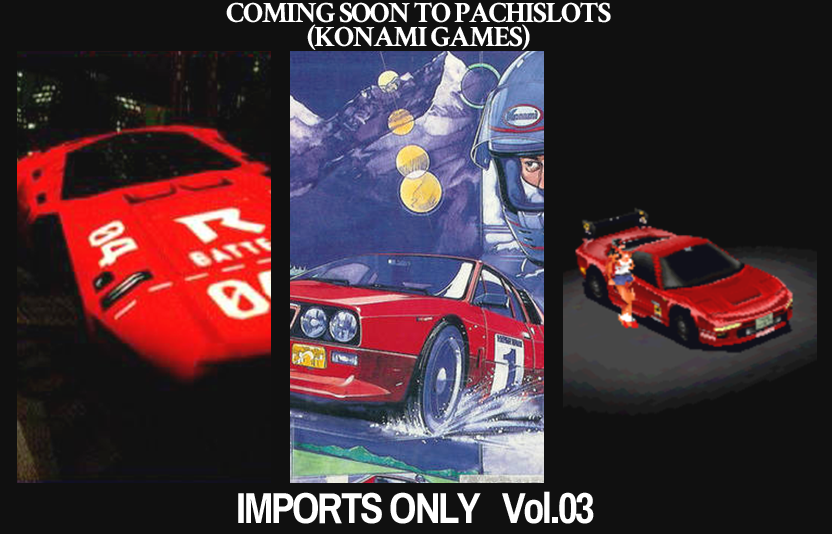
Welcome to Imports Only - from anime to aspirators, it’s your encyclopedic cataloging and authoritative ranking of import racing games that never graced US shores.
Volume 3
I have got to come up with a more consistent schedule for doing these. This is the third entry in a span of about two weeks, but I’ve spaced them out so poorly that it probably seems as if I’ve fallen well behind a weekly rate. In the future, I guess I’ll just need to have more restraint and not post two back to back if I manage to write more than one entry in a single weekend.
Today’s Theme: Konami
Remember Konami? They were this company that made video games. Not ringing any bells?
It took them a few years to get into gaming, they started out in 1969 as a jukebox rental and repair company, but this is a company that for over 40 years was one of the biggest forces in video games. Looking back at their history, it’s just so incredibly frustrating to see their shift in focus to pachinko and fitness clubs. A lot of people have gone on and on about their downfall in the past couple of years, so I’m not going to belabor the point too much - I’ll just let this list of some of their once great properties that are now languishing speak for itself:
- Kojima’s Games - Metal Gear, Snatcher, Policenauts, Boktai, Zone of the Enders
- Bemani - Beatmania, Dance Dance Revolution, Guitar Freaks
- Licensed Games - TMNT, X-Men, Simpsons, Tiny Toons, Biker Mice from Mars
- Silent Hill
- Gradius
- TwinBee
- Jackal
- Double Dribble
- Sunset Riders
- Frogger
- Suikoden
- Contra
- Castlevania
- Goemon / Mystical Ninja
- Hudson Soft Games (acquired in 2012) - Adventure Island, Bonk, Lode Runner, Bomberman, Star Soldier
- Pooyan
- Pooyan
- Pooyan
- Also, Pooyan
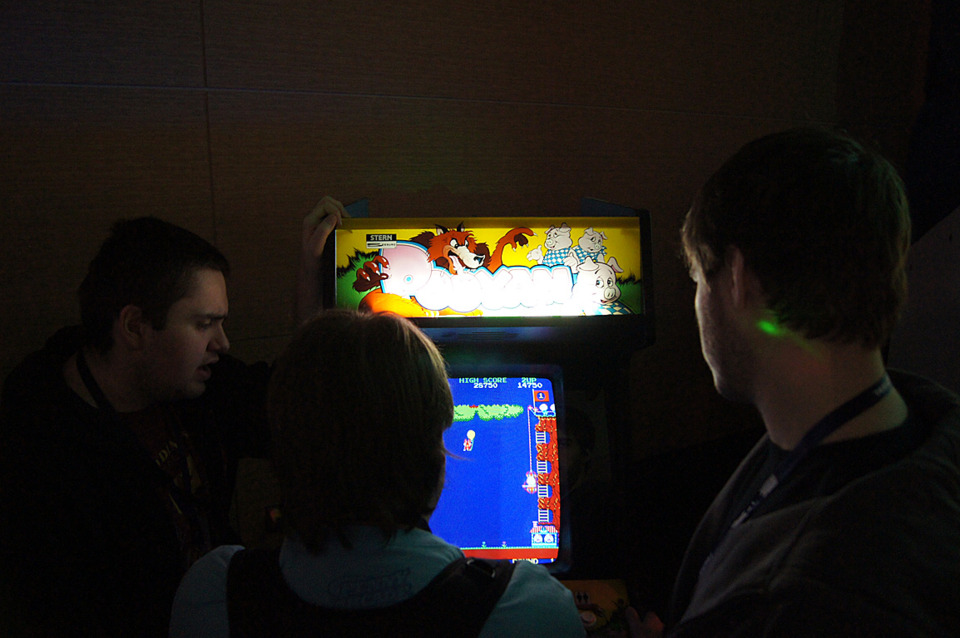
That’s just a sampling, but I think it’s enough to drive home how significant and relevant they were for decades. You could also give them a little credit for some companies like Treasure that formed from employees leaving Konami.
When it comes to racing games, they made quite a few during their prolific run, but few of them ever found much of an audience. Today we’re looking at three that never came to the US, and it’s a shame that they never did, because I think a couple of them could’ve actually helped raise Konami’s profile as a racing game developer earlier on in their time.

Hideo Kojima’s Snatcher was overflowing with cyberpunk flair, and Speed King was lucky enough to catch a bit of that style runoff. Set in Snatcher’s own Neo Kobe City, the great presentation and nods to other Konami properties is by far the best thing about this futuristic racing game.
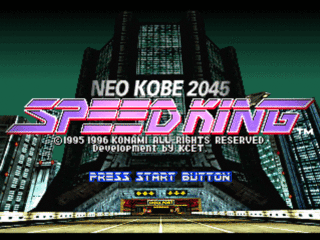
The title screen alone just looks so cool, with its dark city skyline under a bold NEO KOBE 2045 heading and the game’s title in a sleek font vaguely reminiscent of the one later seen in Metal Gear Solid. A pre-rendered opening cutscene with some fast-paced editing and operatic singing leading into the game’s brand of industrial techno also really helps drive home the game’s best qualities. Hell, even the attract screen demo is pretty awesome and is framed in a way that conceals a lot of the shortcomings in the gameplay.
There’s a substantial number of selectable vehicles with varying stats and a sleek futuristic design that comes through even with PlayStation era models and textures. With names like F-Logger, Gyruss, and Solid-Snake, nearly all of the vehicles make at least a passing reference to another Konami release. Vic Viper, TwinBee, the Snatcher TurboCycle, and that guy on a paper airplane from Parodius are also unlockable.
With all of that cool stuff going for it, it’s a shame that the gameplay itself is kinda broken. The ambition here far exceeds the technical capabilities, and poor design choices further exacerbate the technical and mechanical issues. The game runs at a sluggish and inconsistent framerate which kills the sense of speed and responsiveness, but it’s the extremely short draw distance that’s an even bigger problem. Being able to see so little of the course ahead of you means that you really need to memorize the layout or have incredible twitch skills to have success, but regardless of your reaction times, the handling even on the most nimble ships is just not good enough.
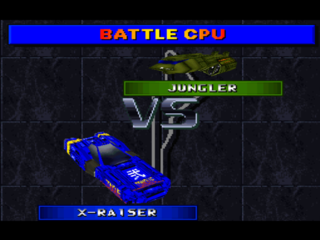
It’s this immensely slow and unresponsive turning that is unquestionably the biggest downfall, but what makes it worse is exceedingly challenging course design that would likely be difficult to handle even if the technical limitations and control issues were addressed. The first and by far easiest track actually feels ok - the track is wide and the turns are spaced out enough that making it through without slamming into a wall is very doable. The other three tracks however are just immensely frustrating and not at all built with the handling and technical deficiencies of the game in mind. They’re exceptionally narrow making it very unforgiving and the turns are often so close together that they seem beyond what’s possible with the controls. One track even features a section that takes control away from you and is automatically driven, further suggesting to me that there was some sort of design breakdown here.
Even time trials on these courses can be tough, but it makes the AI in standard races and the head-to-head mode just feel unbeatable. The game has three difficulty levels, Jack, Queen, and King, but even on the lowest it can feel like the margin for error is extremely low. Your only chance of unlocking those cool ships from other games would probably be to use an emulator and abuse save states, saving after every clean turn.
As a contemporary to Wipeout XL, Speed King barely even deserves a mention. Wipeout XL is just a far better experience in nearly every way. The style and connection to Snatcher make me desperately wish this game was good, but aside from one pretty good track, it’s bordering on being broken. I still played quite a lot of it, but the challenge brought on by the technical issues and design flaws feel unfair throughout.
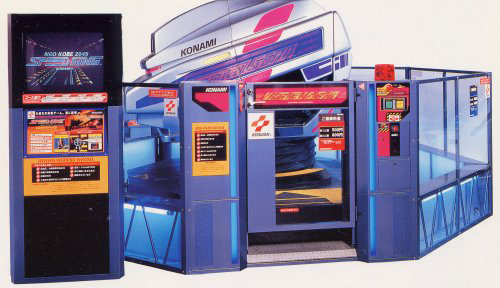
It is worth noting that the PlayStation version is a home port, and the original arcade release is reportedly far better. I’ll probably never be able to check out that claim myself, but it’s apparent even from the tiny amount of info that I’ve found that it was certainly a spectacle to behold and play with its big rotating cockpit.
This game did receive a European release with the title Road Rage, so a discussion of language barrier is largely unnecessary here. Even the Japanese release which I played features almost entirely English menus.

Originally I was planning on including Road Fighter for the NES in this entry until I noticed that the arcade version did actually get a US release through the now shuttered Game Room - Jeff even reviewed it as part of his crazy initiative to review everything in the launch day game packs. It’s a very good game in my opinion, and I think I may even like it a touch more than Jeff - it honestly had a shot at being the new best import racer in my spreadsheet if I’d gone through with including it.
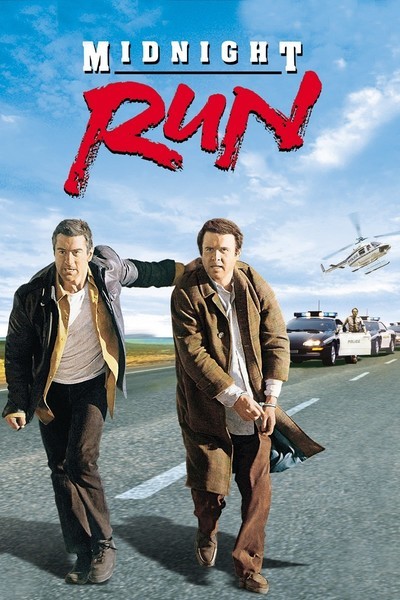
After I got past the disappointment of bumping Road Fighter from this entry, I moved on to its sequel, Midnight Run, which is unfortunately not a game based on the 1988 film starring Charles Grodin and Robert De Niro. This game is referred to as Road Fighter 2 in Japan, but I really don’t know why they’d call it that when ten years earlier there was Konami GT, another Game Room banger, which seems to clearly be a Road Fighter sequel - the Japanese version was even called Konami RF2.
This game was originally released in arcades in 1995, but by the time it made its way to PlayStation in late 1997 (early 1998 in Europe), this was probably starting to feel more than a little behind the times in addition to just feeling a bit uninspired and generic.
With just four cars, all with identical stats, three tracks, and a single game mode, the first issue apparent here is just that it’s a bit content light. It’s not all that surprising considering its arcade origins, but the standard for home console releases had risen a bit by 1998. That being said, the amount of content would be easy to forgive if the gameplay were solid, but it’s just not that good.
The handling is incredibly tight and yet feels a bit unresponsive due to a short ramp up time as you start turning - I’d assume a misguided attempt to compensate for the unfortunate lack of analog input support. I resorted to just trying to hit the brake and slow down to take sharper turns - I think the game intends for you to drift, but I could never manage to do it consistently or reliably. Compounding the poor handling is some very questionable collision detection that leads to you hitting a lot of pedestrian cars that you thought you were going to pass without issue.
There are two camera angles available, one behind the dashboard and a traditional behind the car chase camera, but the behind the car view is not at all a viable option at times due to it not being able to handle you travelling up or down hills. It more or less just doesn’t follow you up or down, and so you can end up in situations where you’re on a higher section of the track and your car is in the top half of the screen and you just can’t see anything ahead of you.
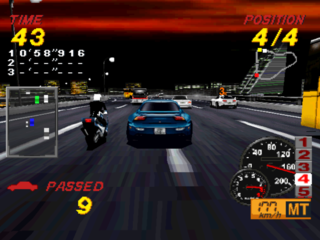
Graphically, Midnight Run is a bit dated and uninspired, but I wouldn’t call it particularly bad. The audio is in the same camp, my main note would be that it needed multiple higher quality collision sound samples considering how often you’re likely to hit something. This game also does the Virtua Racing thing of playing a short 5-10 second clip of shredding rock when you clear a checkpoint, which I’ll admit kind puts a smile on my face when I encounter it even if it’s probably preferable for a game to have an actual soundtrack.
This game also got a European release, so a language barrier discussion is again null and void, but as was the case with Speed King, I’m sure the Japanese release of Midnight Run would also pose no challenge.

The MSX and its library of games stayed almost entirely out of the US market, and few companies supported the platform anywhere near as much as Konami. Hyper Rally, released in 1985, is one such game that never managed to make it to the US. Released just a few years after Pole Position, this is a pretty competent pseudo-3D racer that puts you in a multi stage race where the challenge is to complete it before you run out of fuel while also making sure you pass enough cars to meet the minimum rank required to move on to the next stage.
Fuel here essentially just serves as a timer, constantly depleting at a steady rate regardless of your actions. Your vehicle has a higher gear you can and need to shift into and stay in if you want to have a chance of progressing, only occasionally popping out of it if necessary to avoid another car or make a turn.
The opposing drivers in general are fine and serve their purpose of being obstacles in your path, but the way they change lanes just doesn’t sit well with me. Plenty of similar games, even the original Pole Position, have opposing drivers that change lanes, but it just doesn’t look right here and can feel a tad unfair. They always change lanes just as you’re approaching and getting ready to pass them, and the movement looks very programmed and unnatural, like the car is on a rail that crosses lanes and you’re controlling its motion along that rail by getting closer or farther away - it’s tough to describe but I think it’s apparent if you play or watch the game for any length of time.
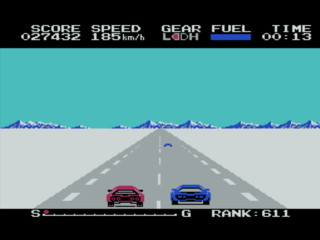
The handling for the most part feels fine and totally fair until you reach the snow stage where the game tries to simulate an icy track by considerably reducing your maneuverability. Suddenly, you’re stuck with a car that’s extremely difficult to change direction in, and that can lead to a lot of frustration and make it pretty tough to progress. The other minor thing the game does to add variation is dark night/tunnel stages where there’s no visible edge to the track, but I don’t think that’s much of a challenge to contend with if you’ve spent any time with pseudo-3D racers like this one.
It’s unfortunate this game didn’t get a Famicom/NES port, as it’s a solid game that I think it could’ve helped establish Konami in the racing game genre, especially if Road Fighter’s NES port released the same year could’ve also managed to make it to the US. While certain aspects of it do feel dated even for 1985, it still could’ve had a chance since that was still a year or two prior to games like OutRun and Rad Racer kicking the pseudo-3D racer trend into high gear.
For the record, I did play the version of this game that’s included on Konami Antiques MSX Collection released on the PlayStation. It was actually retitled there as just Konami Rally, I suspect due to a trademark conflict with another PlayStation game titled Hyper Rally released around the same time. Konami did reveal a Sega Rally reminiscent sequel to this game for the PlayStation at E3 1999 that was also titled Konami Rally, but it was unfortunately cancelled.
Of course, no language barrier here even in the Japanese release - it’s a one button game with English UI test.
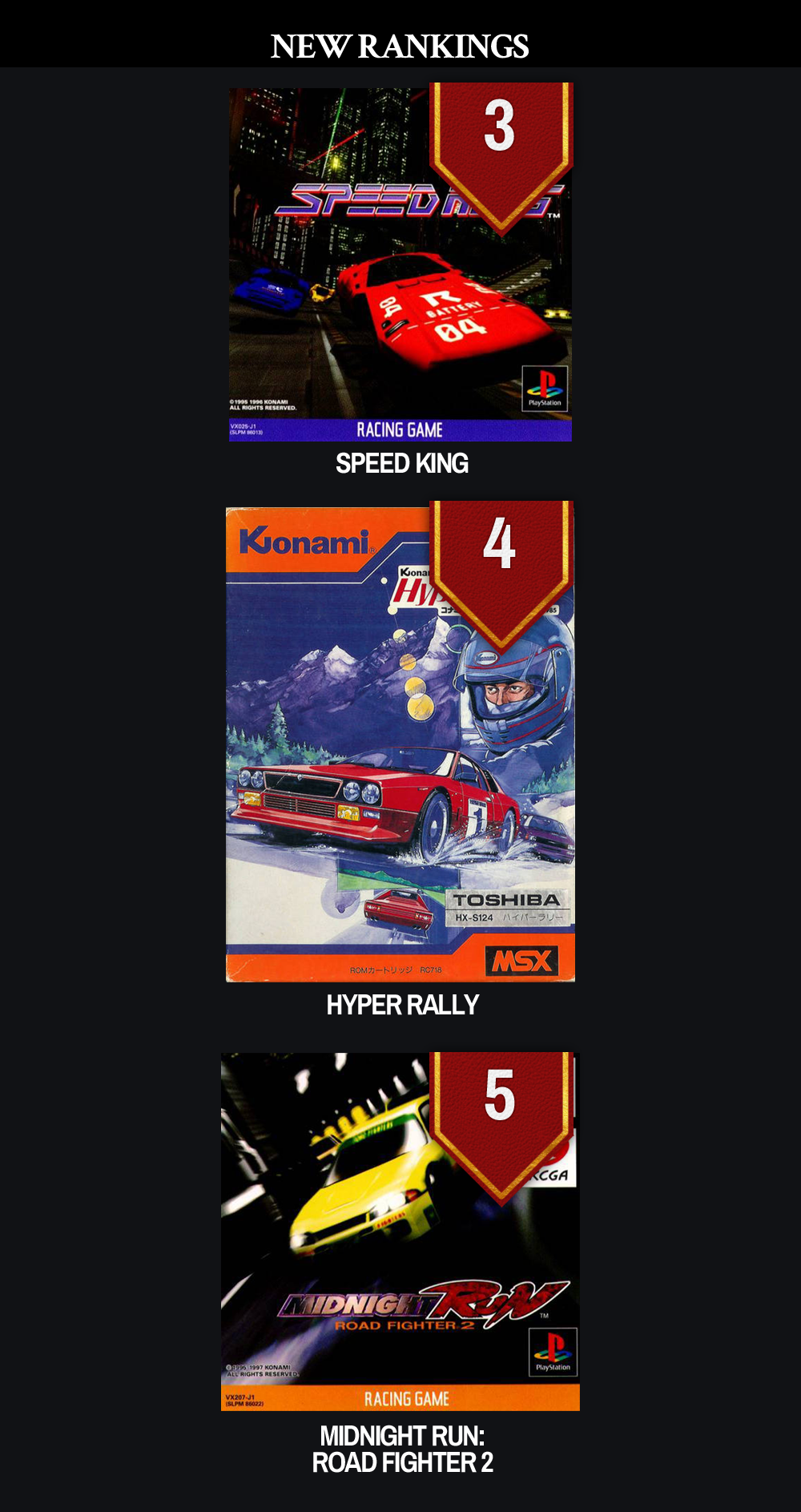
For as much as I slammed Speed King’s gameplay, I actually played quite a bit of it due to the amount of style it exudes. Winning in that game is a seemingly impossible challenge most of the time, but I just kept plugging away at it because you can see the seed there of a much better game. On the overall list, I’m still putting it under The Tousou Highway because I don’t think style alone is enough to edge out a mostly better designed game that’s biggest issue was taking too long to finish.
Hyper Rally, the first pseudo-3D racer on the list, is in the middle of the pack exactly where it belongs. A year or two earlier and with a broader release, I think this game could’ve been the start of something, but at this point, it’s hard to look at it as anything more than just a serviceable racing game - nothing especially good or bad.
Midnight Run comes in at the bottom of the heap for this entry. The handling and camera are just plain bad and a lot of the other aspects are dated even by 1998 racing game standards. Viewing it through the frame of it being a 1995 arcade game makes aspects of it easier to forgive, but it still doesn’t make it play well. That said, if we’re talking about games being dated for their time, Kamen Rider: The Bike Race was a 2001 release - that’s the same year Gran Turismo 3 was released. Even though the Kamen Rider game is a slightly beefier package with more of everything, I have to go back to the total lack of challenge as a big knock against it, and so I’m putting Midnight Run ahead of it.
As always, the full rankings can be found right here.
So Long For Now
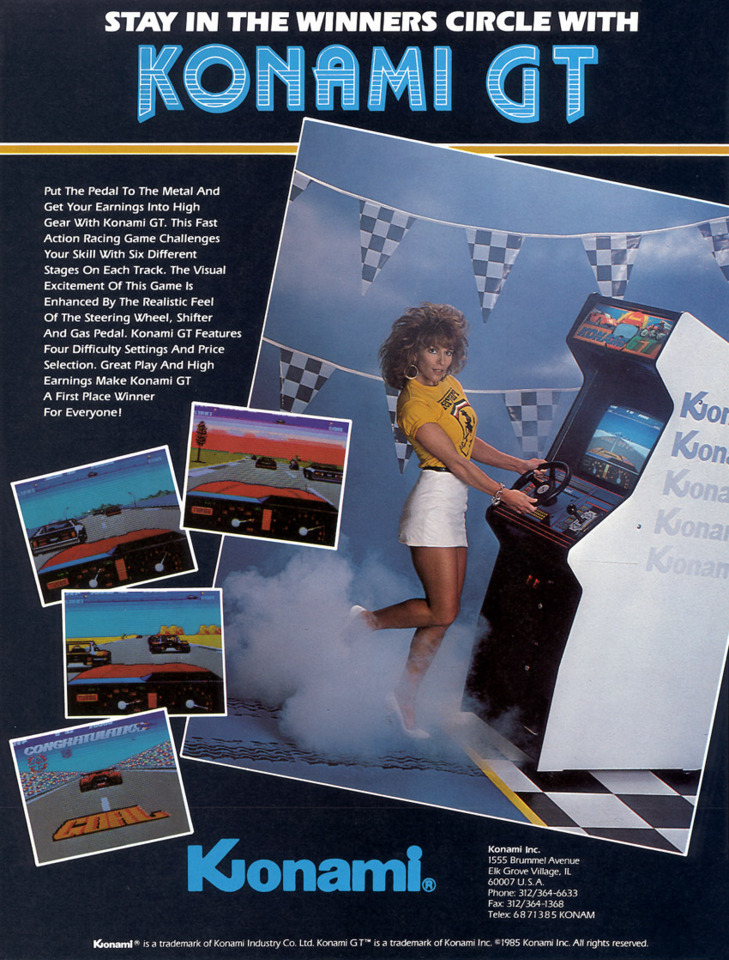
That’s it for this volume of Import Only. Looking ahead to the next, it’s probably only going to be two game, but they tie into something popular in Japan that I think is worth exploring.
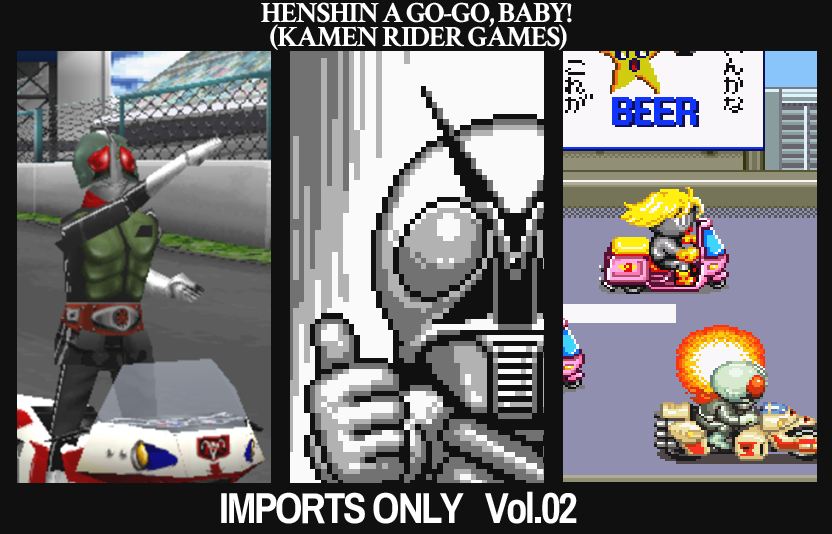



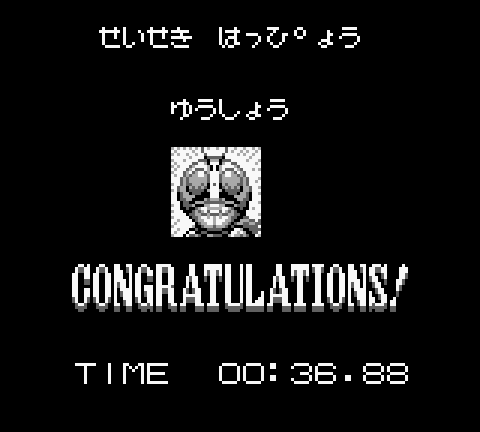



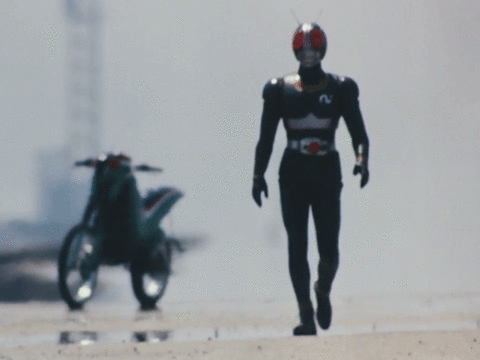

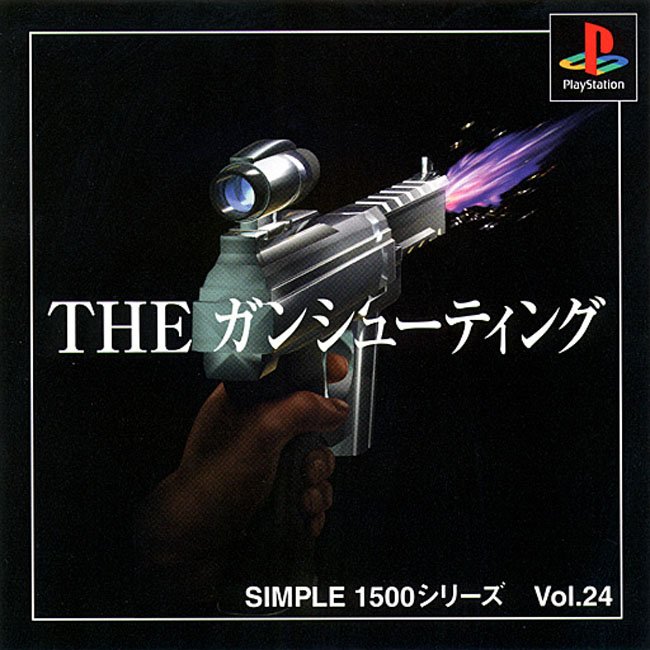

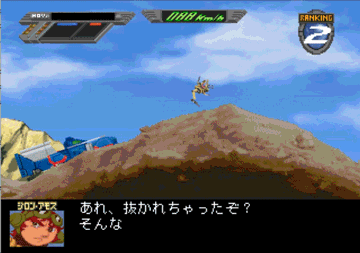

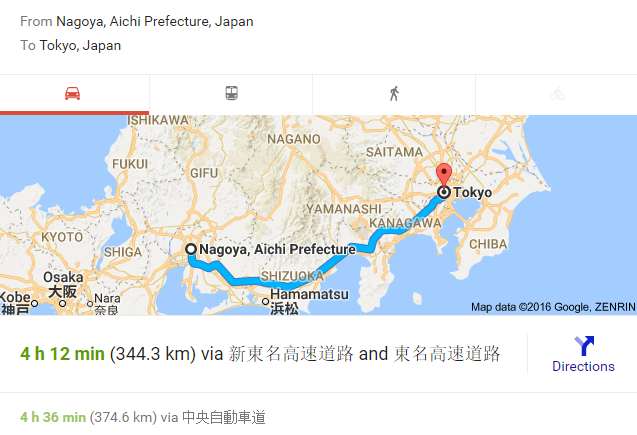
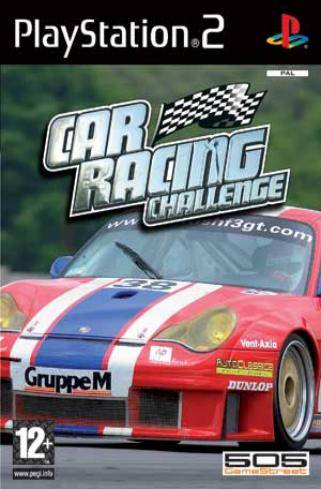

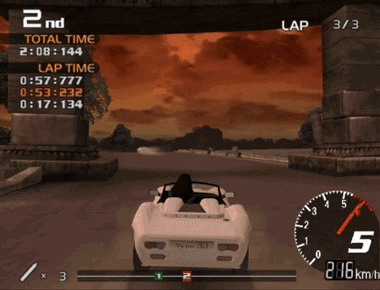

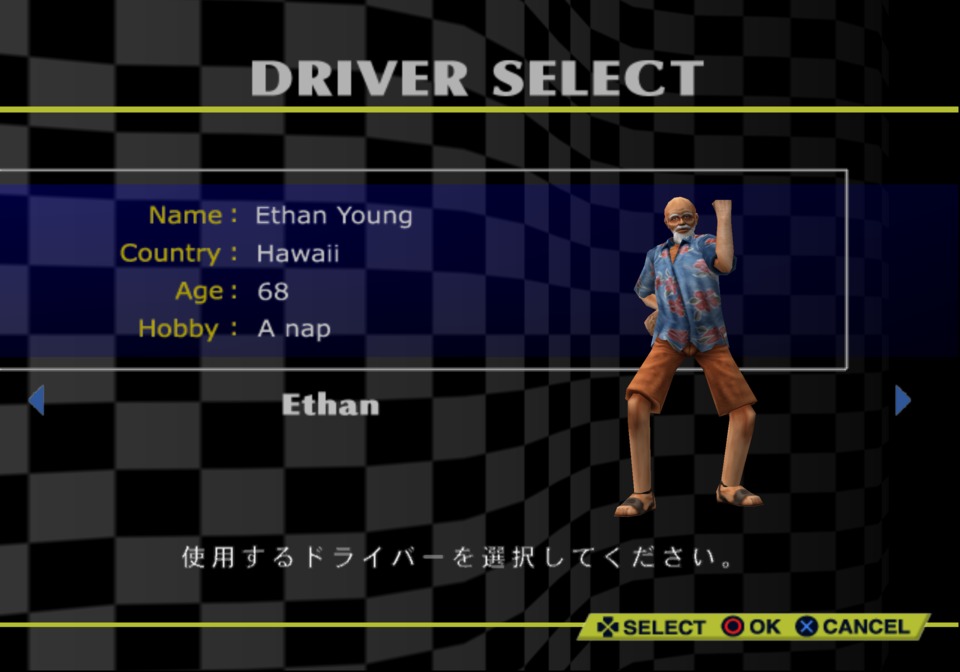
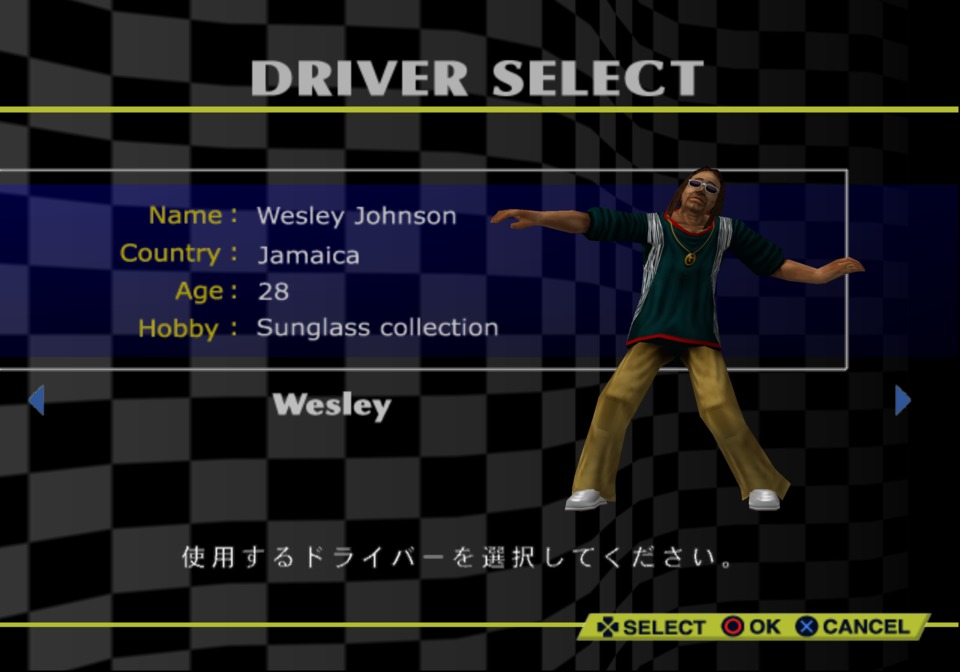
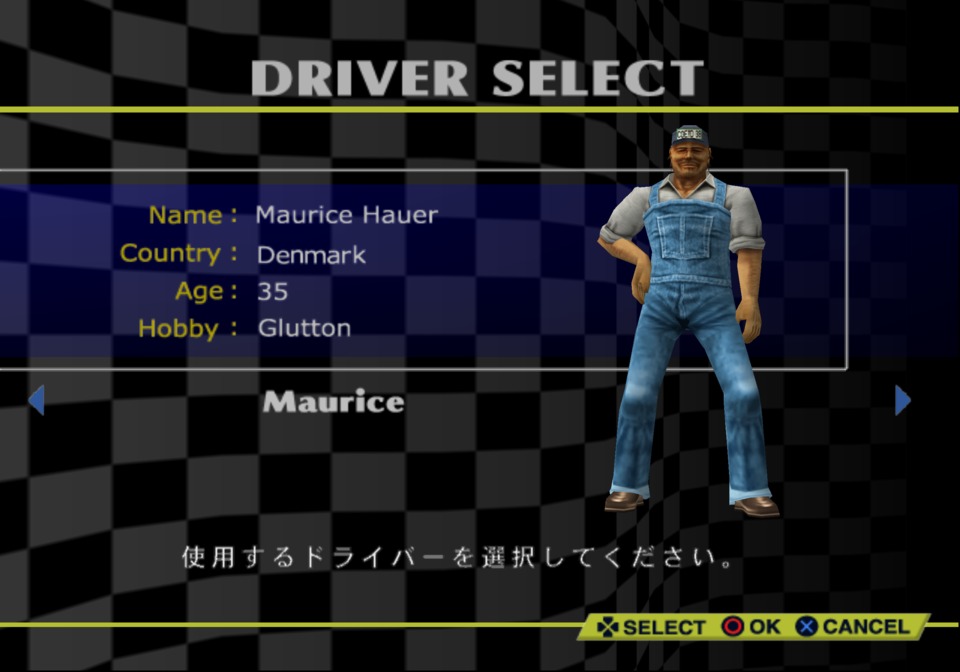
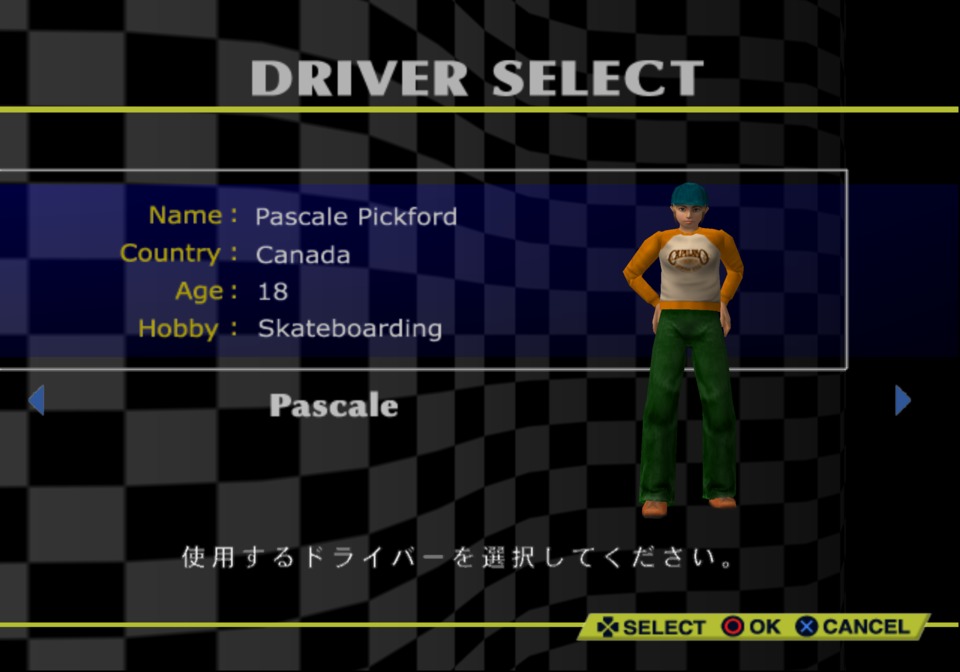
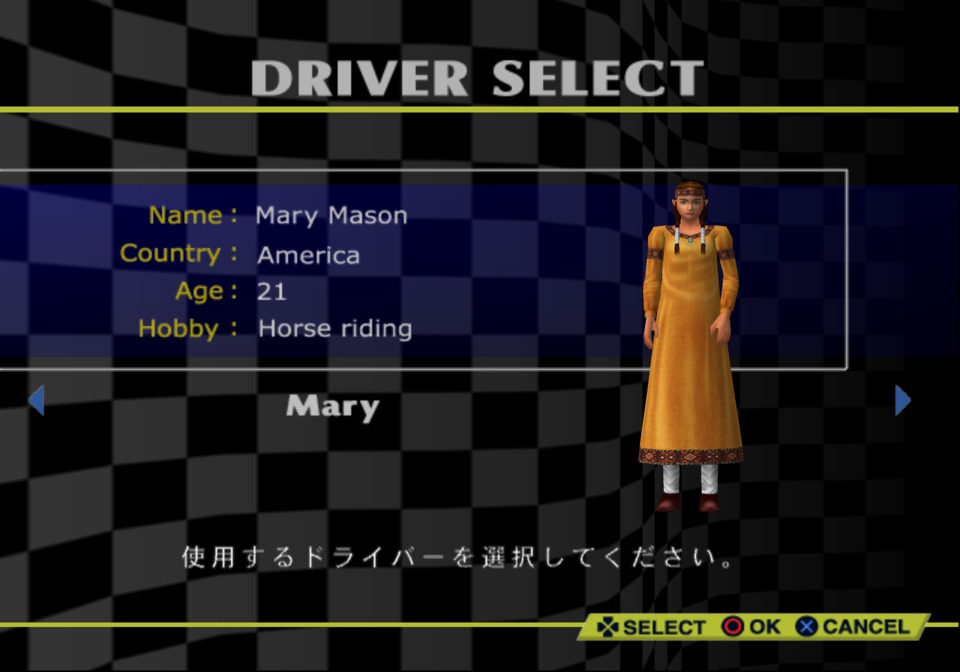
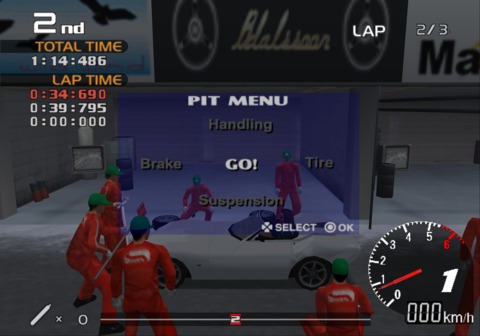

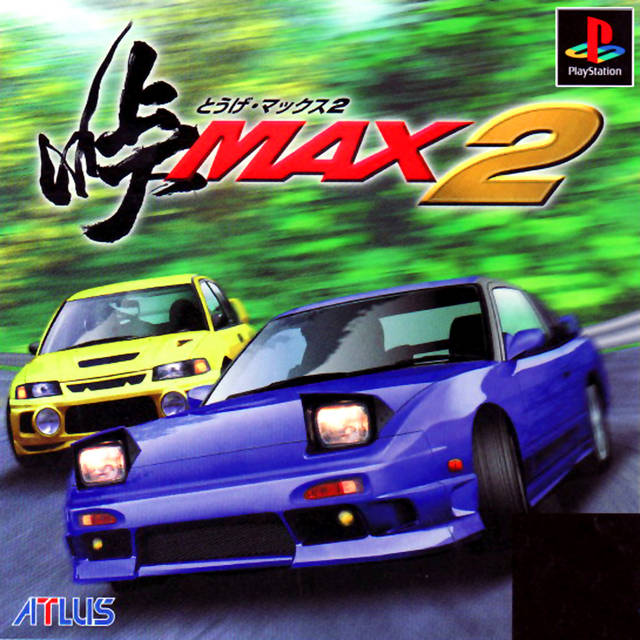

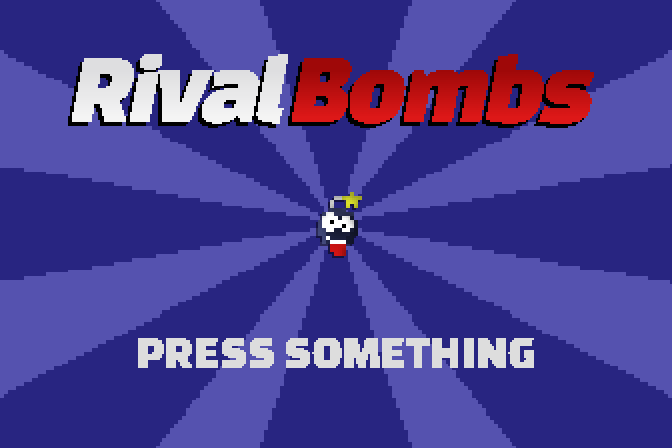
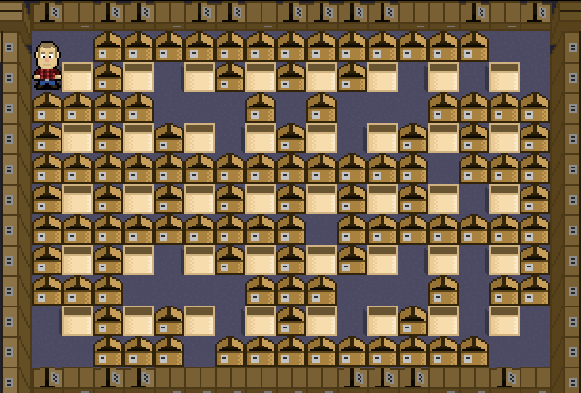


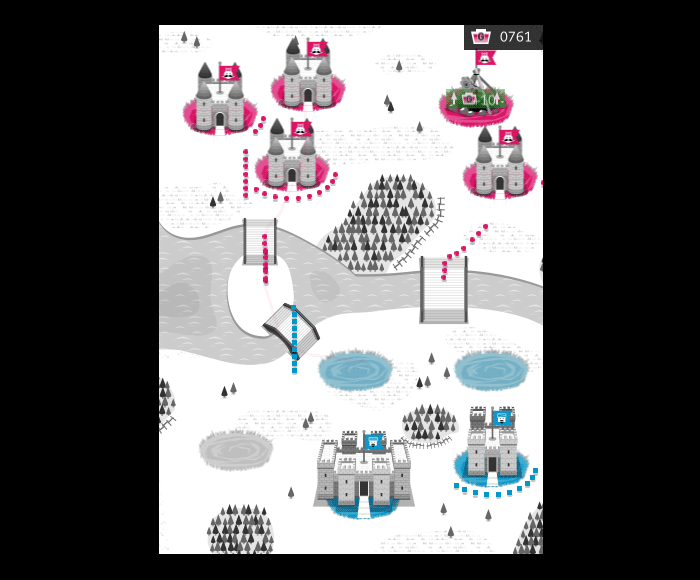
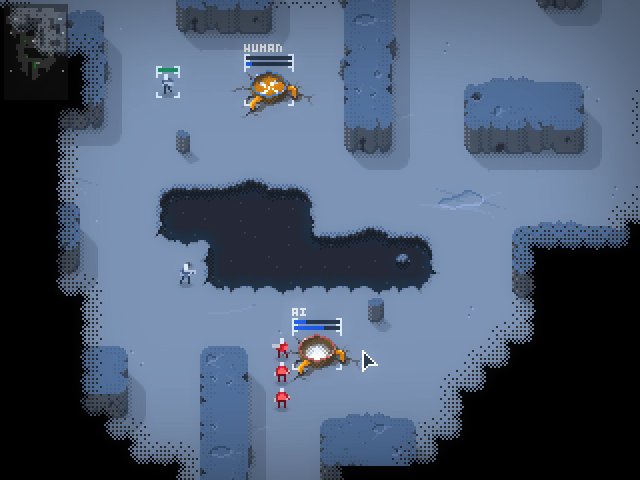
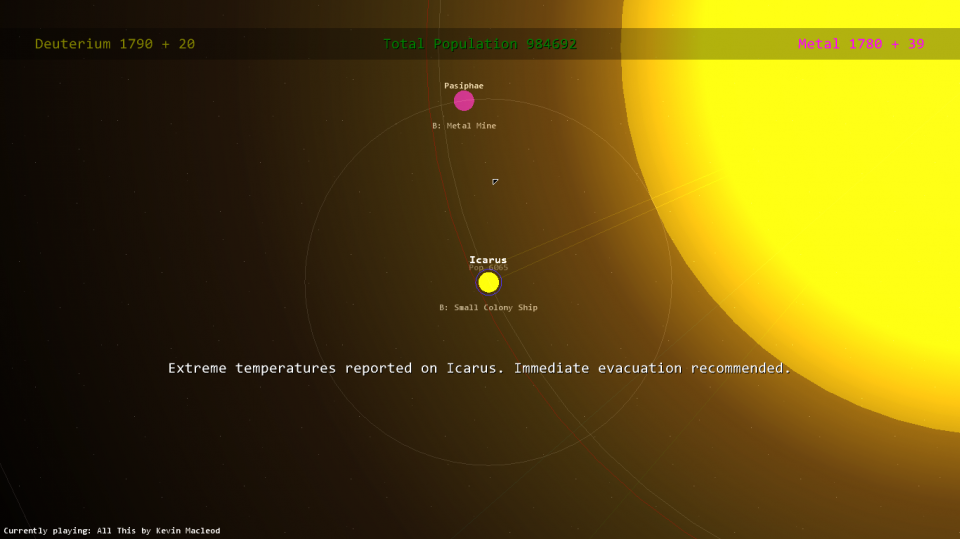
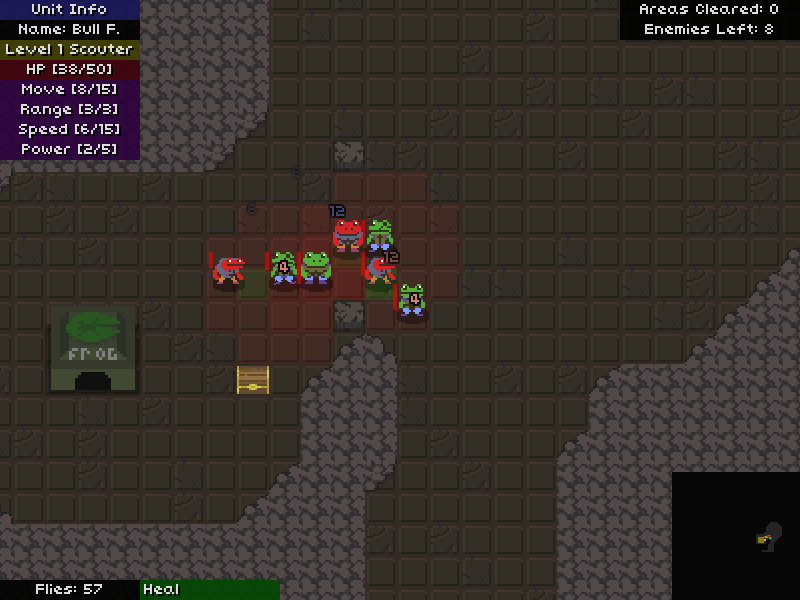
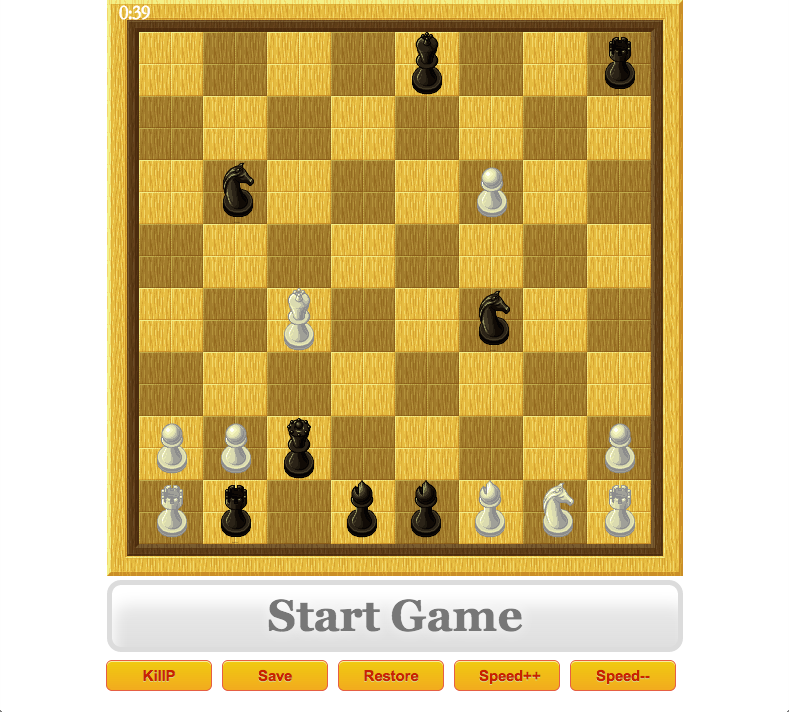
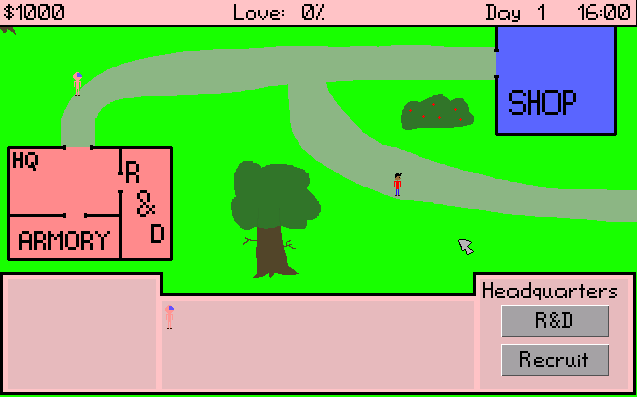
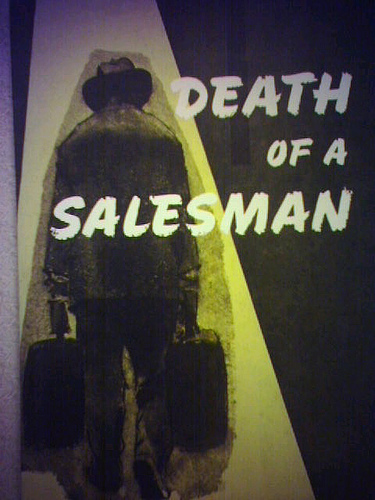


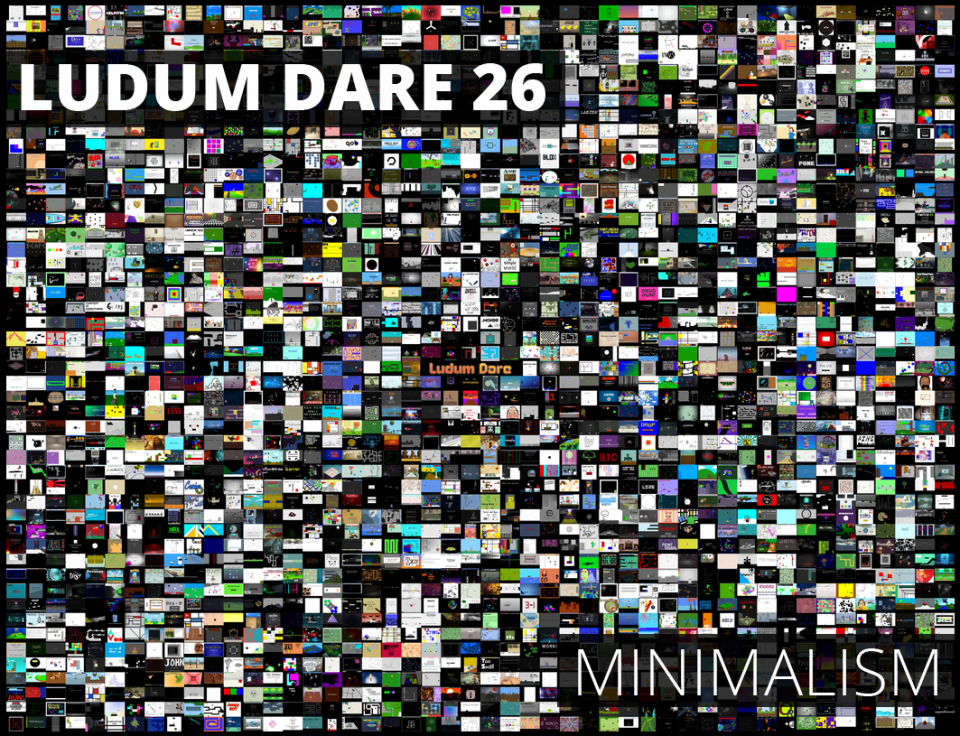
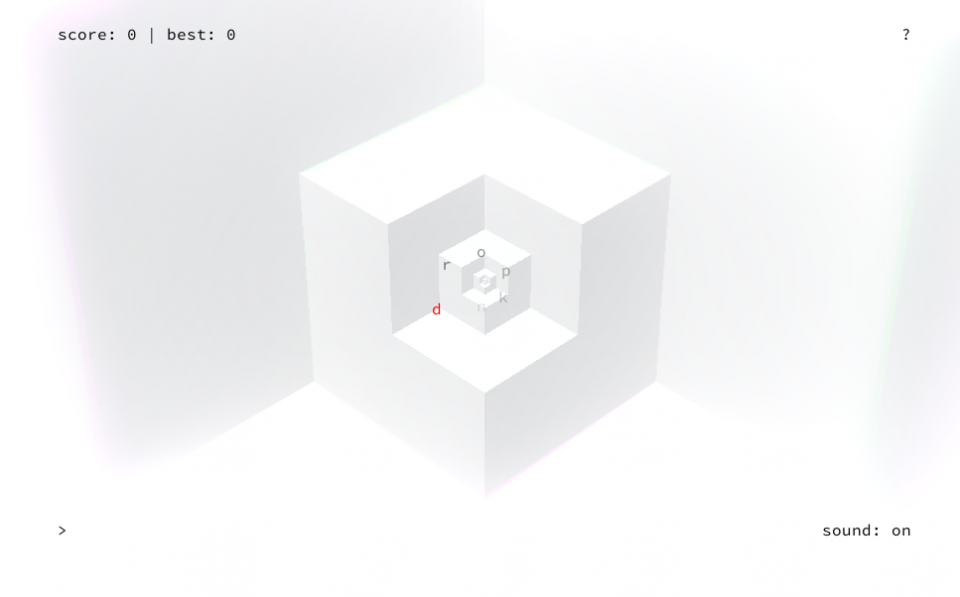
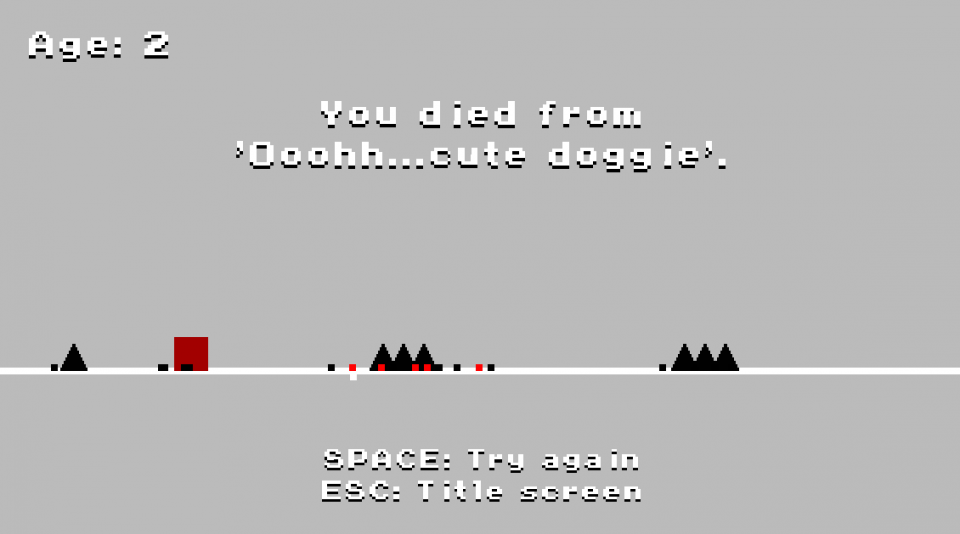

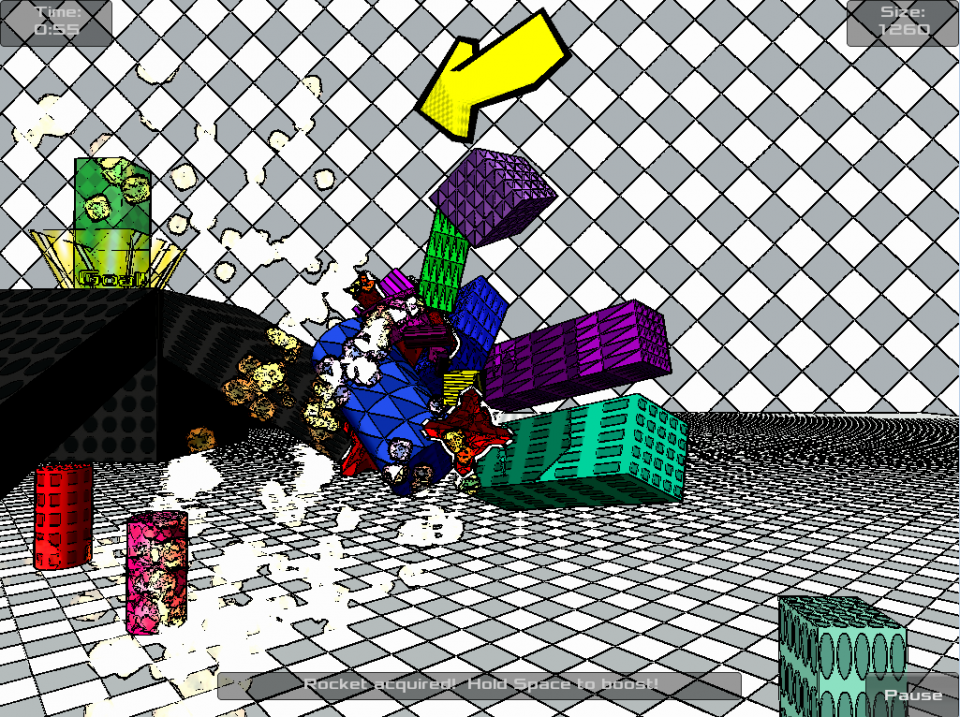



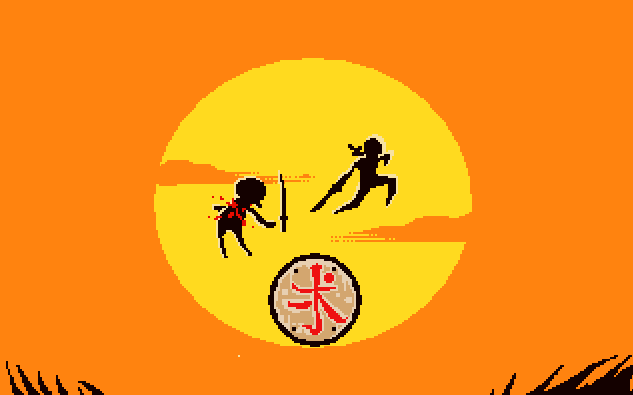
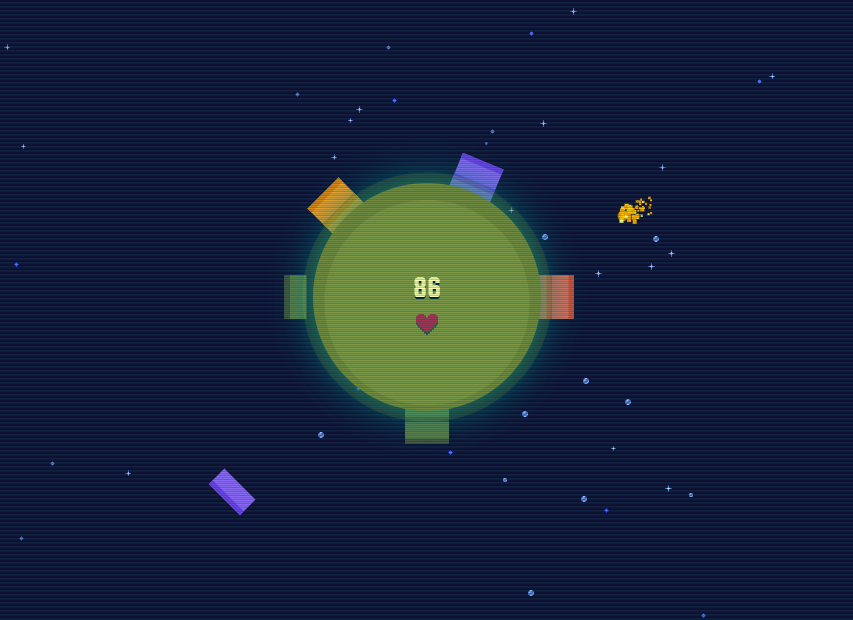
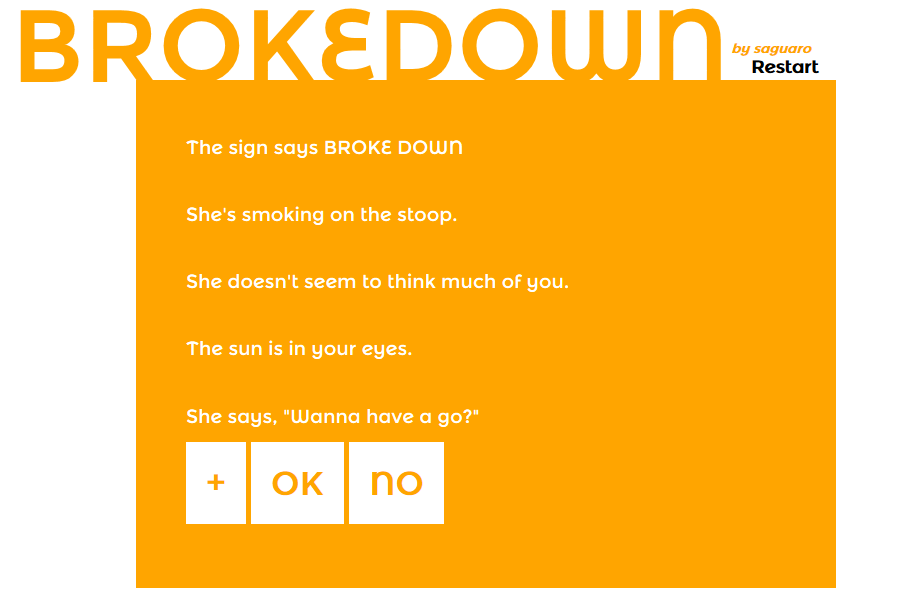

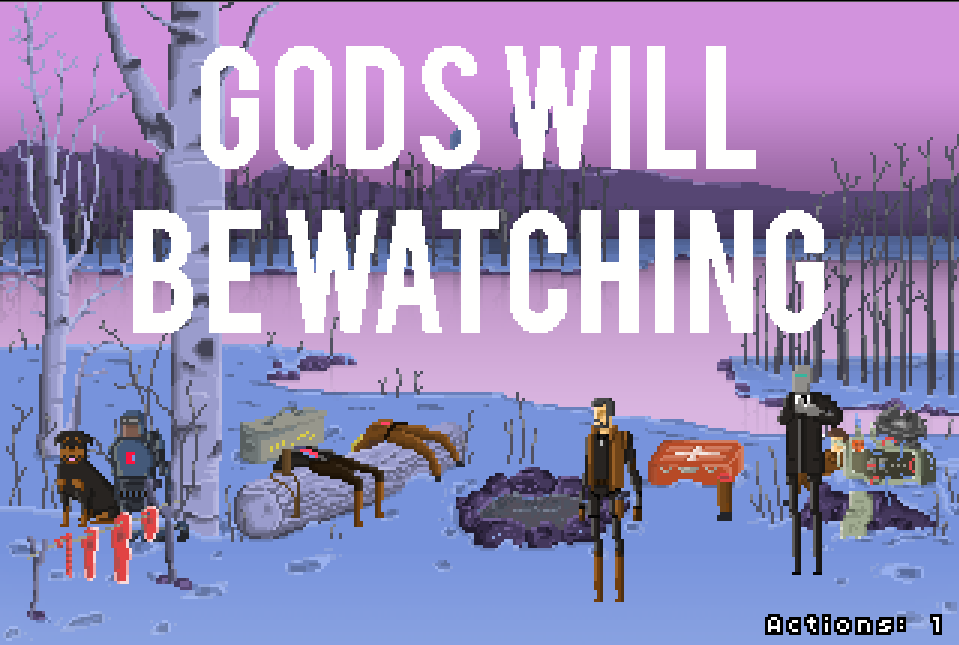
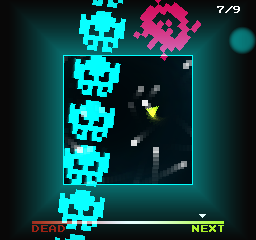

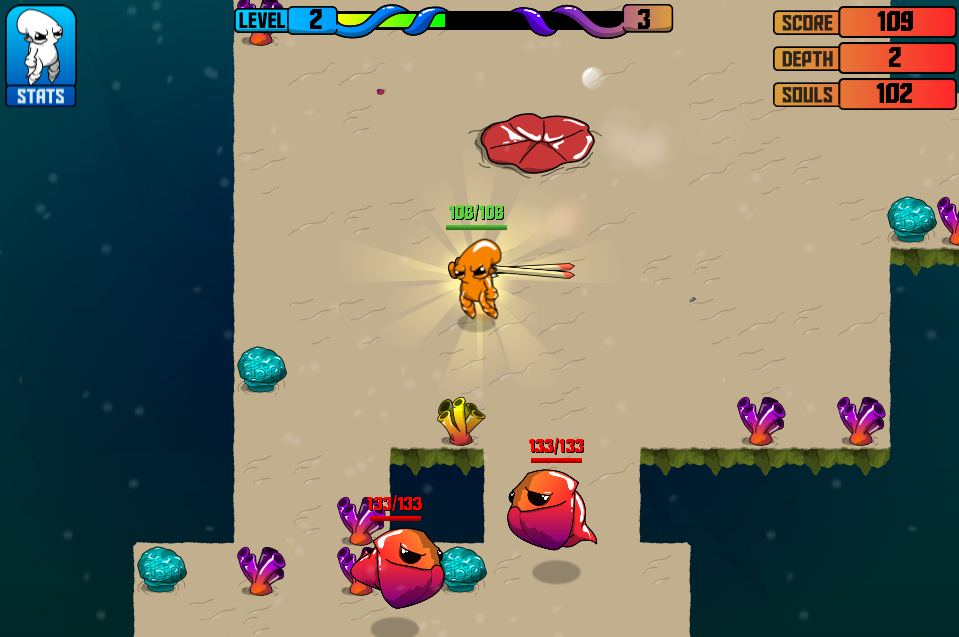
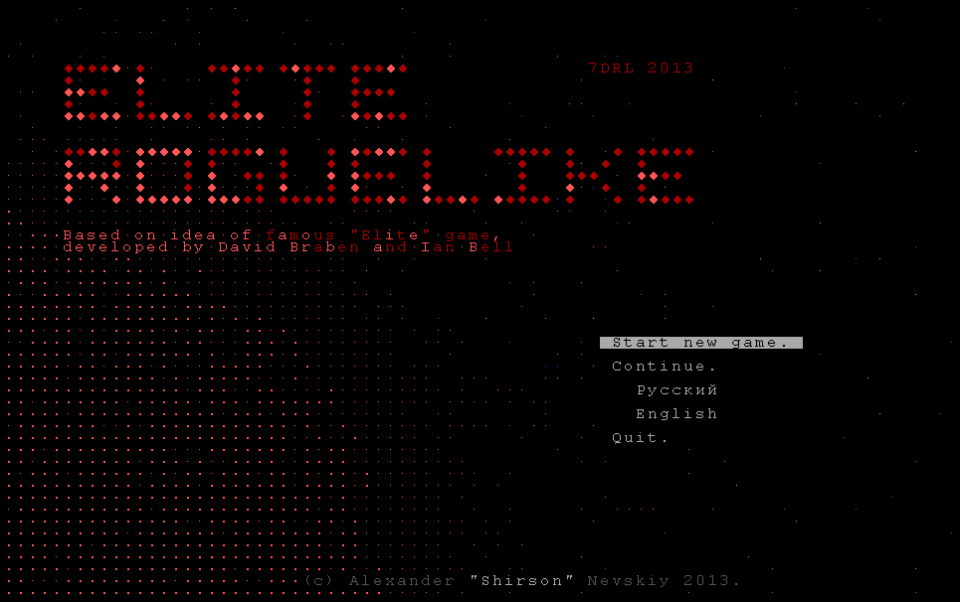
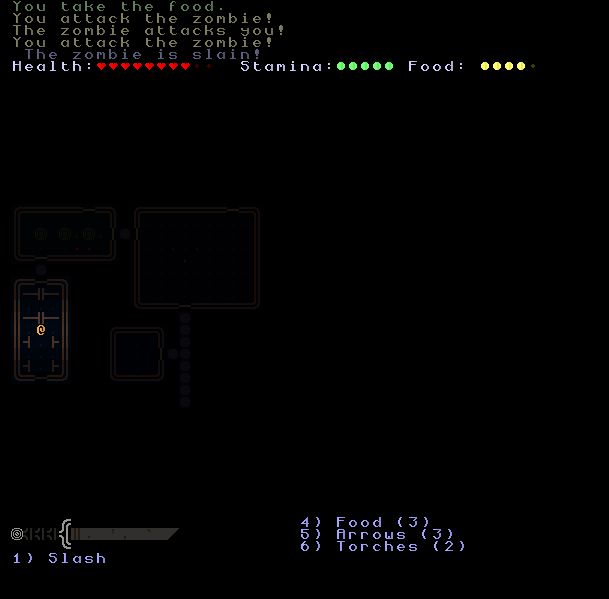

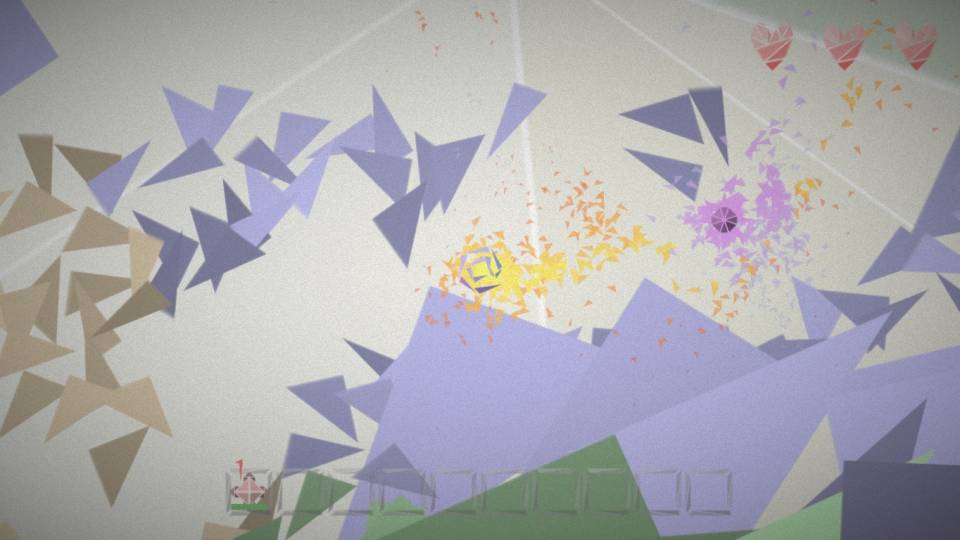
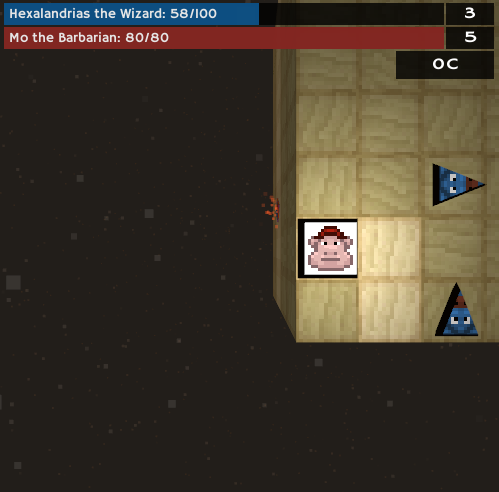
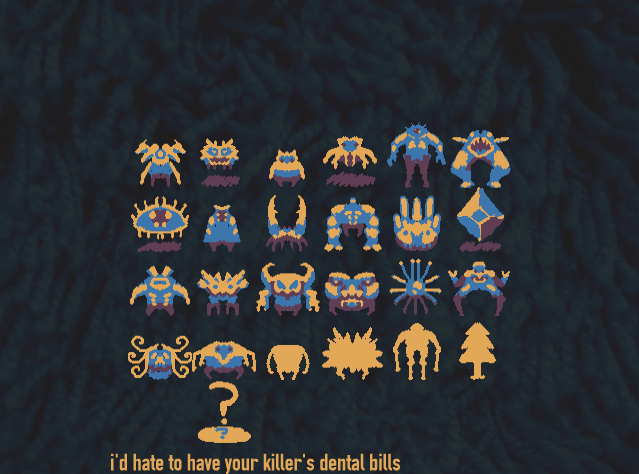
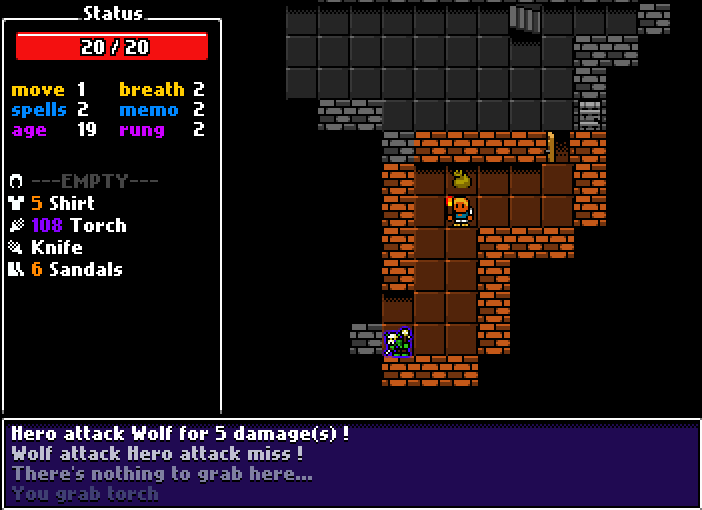
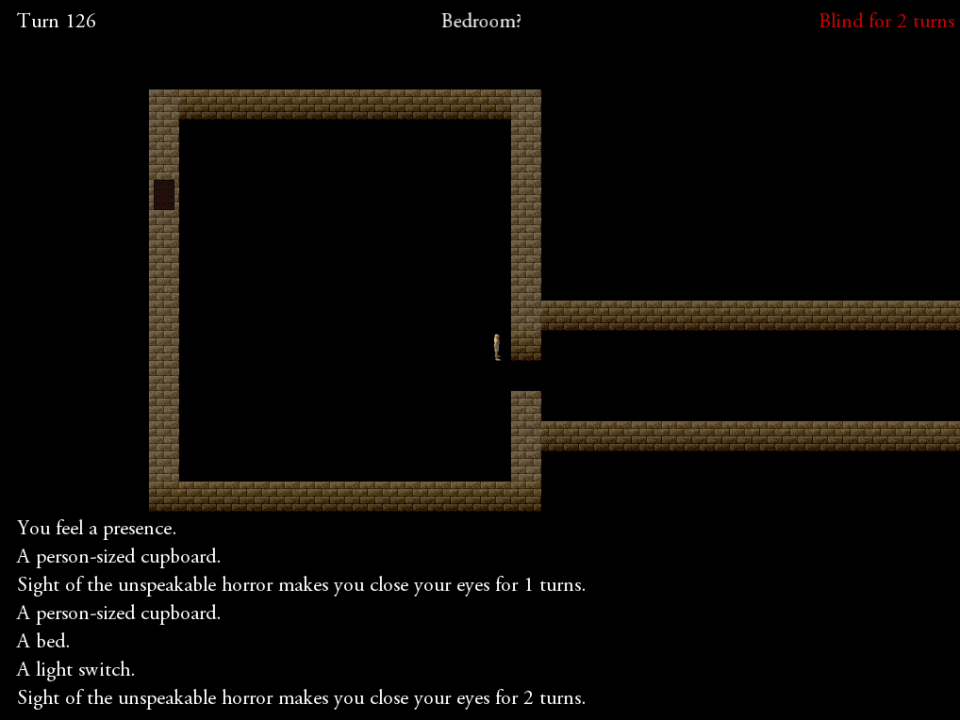
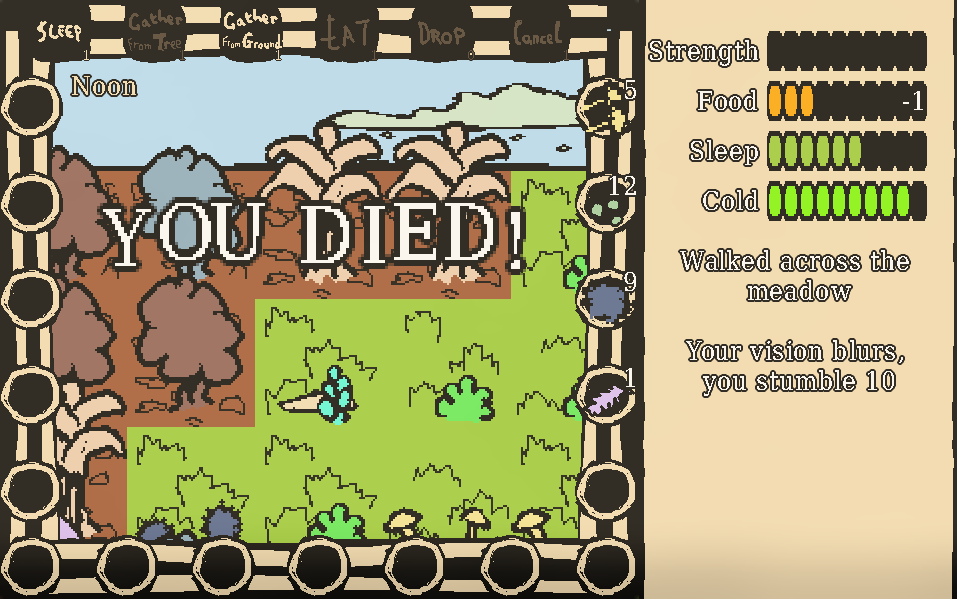
Log in to comment